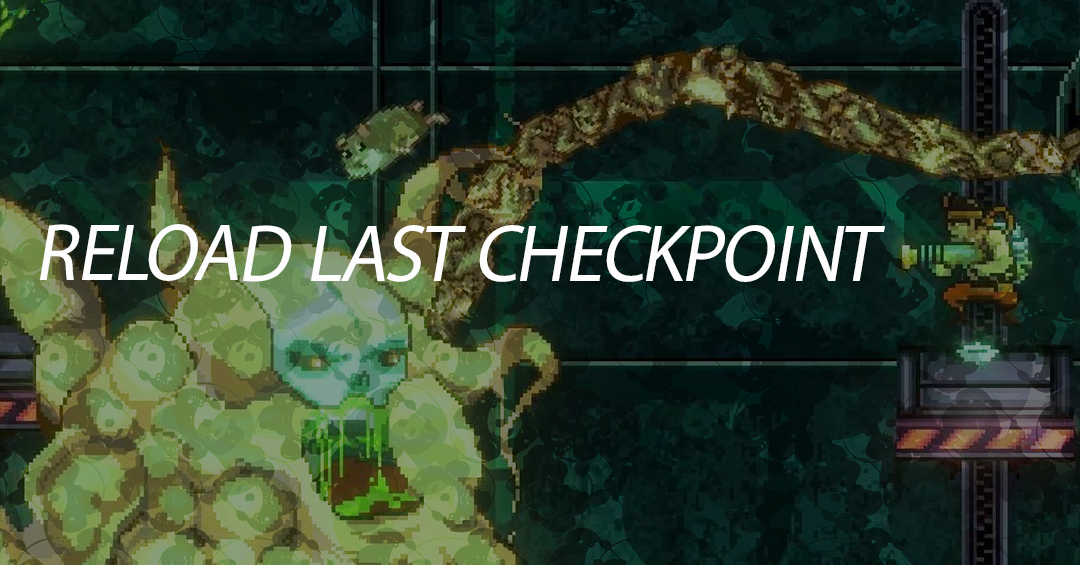
Reload at last checkpoint
I was mostly raised by video games, so I can’t help but view the world through the lens of video games. The structure of video games helps me to make sense of what is happening around me, and it helps me to think different Jiu-jitsu hasn’t helped this tendency because jiu-jitsu is about as close as I will ever get to living in a video game or to having superpowers.
A lot of the analogies come easily. Earning a new rank is like leveling up your character. Practicing a type of game is like choosing to invest skill points in one part of a skill tree instead of another. Forcing an opponent to escape a bad position is like knocking a few bars out of their energy meter.
And so on.
Recently, though, I’ve been focusing on another analogy. As I spend more and more time on that mat, my personal training goals are much more granular than they were at white belt. I am zeroing-in on refining key details of positions or exploiting nuances of a transition. As I pursue these repetitions, I find myself hitting a mental reset button over and over so that I can get back to the same point in a roll and try to do just a little bit better this time than I did the last time.
This is like running a level in Super Mario Bros. or in Cuphead. You hop, jump, slide, attack, and then your timing is off by a few frames--you die. You reload the level and run the course again, looking for that point where you failed previously so that you can tackle the obstacle differently this time around. You might screw it up again, or you might get a few steps farther into the level before you die again to a new obstacle.
Load. Run. Fail. Reload.
Run. Fail. Reload.
Run. Fail. Reload.
This analogy is important to me because it emphasizes three key ideas that have been instrumental in my own training and are a big part of what I try to impart on my students:
- Failure is a natural part of progress.
- You have to recognize where and why you failed.
- You have to plan to do something different in order to succeed.
When the process is laid out like this, it seems obvious. Of course you have to do something different if you want to succeed where you once failed, but in jiu-jitsu it is so easy to either overlook your failure point completely or to blunder into the same trap over and over. Any given roll or match is so filled with action that the true problem is not always as obvious as falling into a pit in a video game.
My friend Josh Vogel says that we need to develop an “internal video camera.” Before you reload the level and run it again, you have to play it back and walk through what went wrong and what went right. Then you use that information to adjust and refine.
That’s how you get better at video games, and that’s how you get better at jiu-jitsu. It can be frustrating at times, but it is also supremely rewarding when you finally string together a complex series of maneuvers and combinations to finally reach the end of the level.
...And then the next level begins.
Other articles:
Quick links
Contact us
About us
Quality BJJ gear at fair prices, available all year. Founded in 2012 to provide an alternative to high-cost, limited edition gis. Dive into the BJJ lifestyle with us—join the Panda Nation!"
